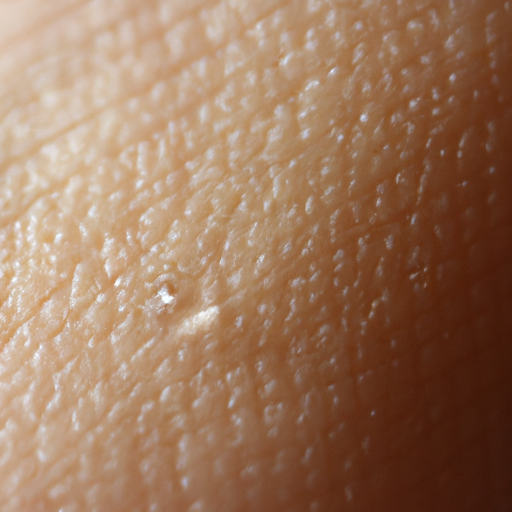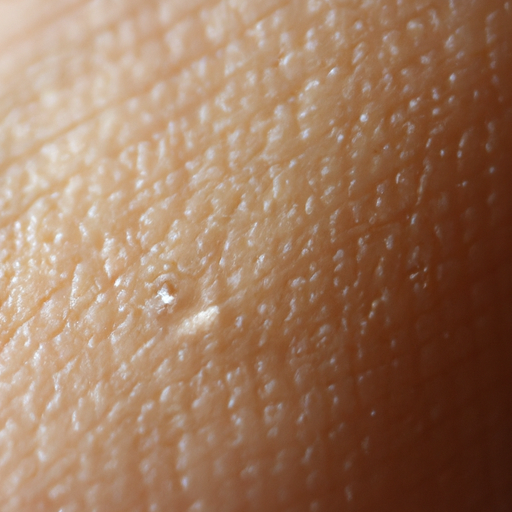As a dermatologist, I have seen the transformative power of skincare products firsthand. Among them, one that stands out for its remarkable benefits is the humble clay mask. Clay masks have been used for centuries across various cultures, and today, they continue to be a staple in many skincare routines. Unmasking the magic of clay masks reveals their ability to detoxify, exfolify, and rejuvenate the skin, making them an essential tool in achieving healthy and radiant skin.
Clay masks are primarily known for their detoxifying properties. They work by absorbing excess oil and impurities from the skin, effectively unclogging pores and preventing acne breakouts. Different types of clay have different absorption levels, making them suitable for various skin types. For instance, Bentonite clay is highly absorbent and is excellent for oily skin, while Kaolin clay is less absorbent and is suitable for sensitive skin. By drawing out impurities, clay masks also help to reduce the appearance of enlarged pores, giving the skin a smoother and more refined look.
Exfoliation is another significant benefit of clay masks. They gently remove dead skin cells from the surface of the skin, promoting cell turnover and revealing a brighter and more youthful complexion. This process also allows other skincare products to penetrate deeper into the skin, enhancing their effectiveness. Moreover, the natural minerals found in clay can stimulate blood circulation, resulting in a healthy glow.
Clay masks are not just about removing impurities; they also nourish the skin with essential minerals. For example, French Green clay is rich in magnesium, calcium, potassium, and other trace minerals. These nutrients help to replenish the skin, improve its texture, and maintain its overall health. Furthermore, some clay masks are infused with additional ingredients like activated charcoal for enhanced detoxification or botanical extracts for added hydration.
Despite their powerful effects, clay masks are generally gentle on the skin. However, it’s crucial to use them correctly to avoid over-drying or irritating the skin. As a rule of thumb, clay masks should not be left on the skin for more than 15-20 minutes. It’s also important to moisturize after using a clay mask to restore hydration.
In conclusion, clay masks are a versatile skincare product with numerous benefits. They detoxify, exfoliate, and nourish the skin, promoting a clearer, smoother, and more radiant complexion. However, like any skincare product, they should be used as part of a balanced routine that also includes cleansing, moisturizing, and sun protection. Remember, achieving healthy skin is not about quick fixes but consistent care and attention.
As a dermatologist, I can attest to the transformative power of clay masks. But don’t just take my word for it. Try incorporating a clay mask into your skincare routine and witness the magic yourself. After all, the proof is in the pudding – or in this case, the clay.




